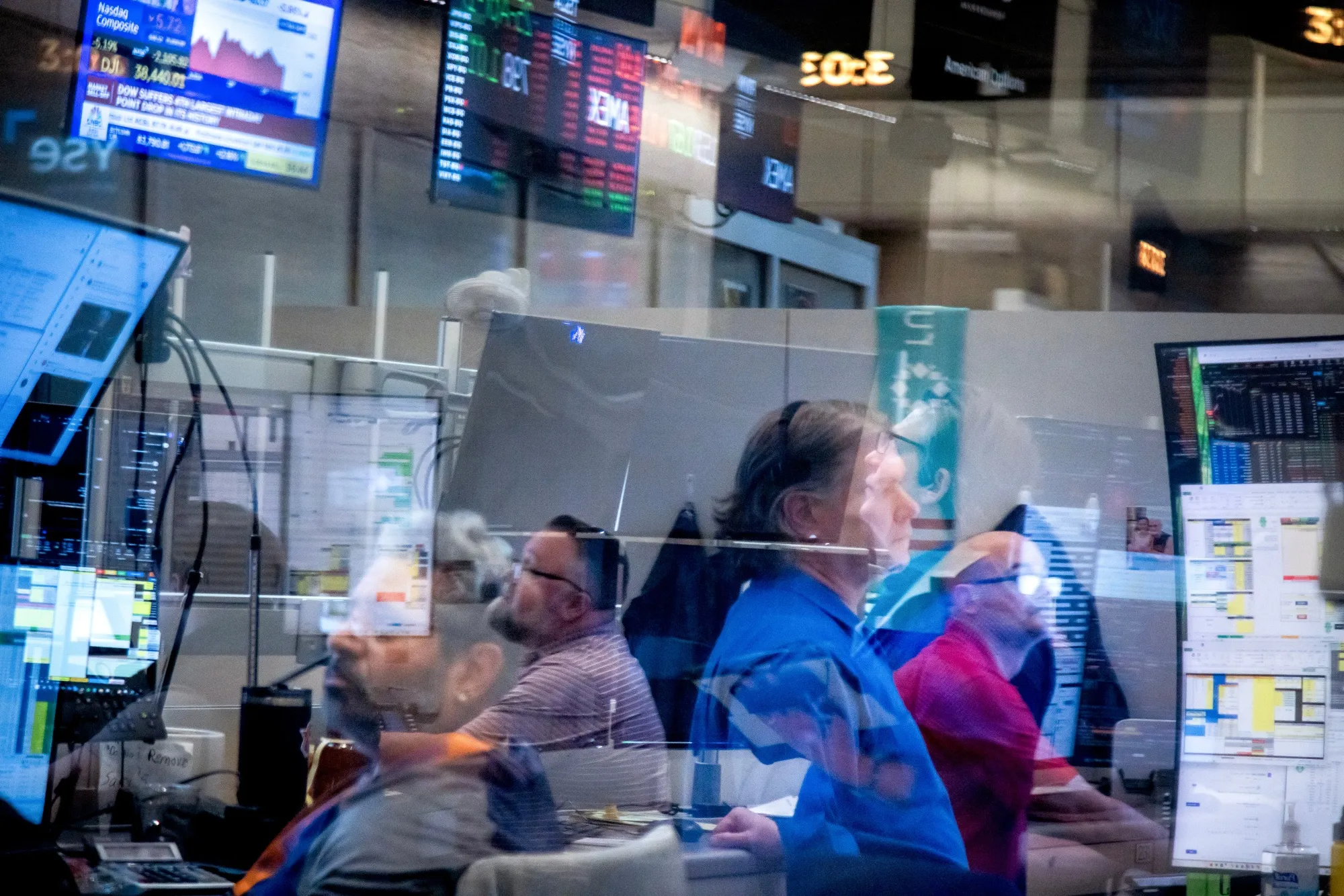How Global Markets Are Reacting to Fed Moves and Economic Growth Signals
Markets never sleep—and when the U.S. Federal Reserve speaks, the world listens. This week, investors across the globe kept their eyes on central bank actions and the broader signals they’re sending about the global economy. After all, what happens in Washington doesn’t stay in Washington. It ripples across markets in Europe, Asia, and everywhere in between.
Let’s look at how global markets responded and why these shifts matter for everyday investors and businesses alike.
Fed Holds Steady, But With a Cautious Eye
The Federal Reserve left its benchmark interest rate unchanged, keeping it at a two-decade high. This was expected, but what stirred the market was the tone. The Fed emphasized it’s still focused on fighting inflation, but also watching signs of slowing growth.
Jerome Powell, the Fed Chair, didn’t rule out more rate hikes but gave a subtle nod to the idea that rate cuts could come later this year—if the economic data supports it.
Why does this matter? Because the Fed’s actions influence borrowing costs for everyone—governments, companies, and even credit card holders. When rates remain high, it makes borrowing more expensive, which can slow spending and investment. That tends to weigh on the stock market too.
Investors Look for Clarity
After the announcement, stocks wobbled as traders tried to interpret the Fed’s language. One minute they were hopeful, the next cautious. This kind of swing is typical when messages feel mixed.
What the market really wants is direction—are we heading toward more hikes, or will cuts come soon? Until then, expect more back-and-forth in the markets.
US Stocks Tread Water While Tech Keeps Climbing
Despite the uncertainty, the tech-heavy Nasdaq continued to push higher. Big names like Nvidia, Meta, and Microsoft saw gains. Why? Investors see these companies as relatively resilient, thanks to strong earnings and ongoing demand—especially around artificial intelligence and cloud services.
On the flipside, the broader market didn’t show the same energy. The S&P 500 and Dow Jones stayed mostly flat. This tells us that while investors like growth stories in tech, they’re not ready to jump into other sectors just yet.
What This Means for You
If you’re holding tech stocks, the ride might continue for now. But diversification still matters. A narrow market rally can shift quickly the moment sentiment changes. Keep a close eye on earnings and interest rate chatter.
Global Stocks Mixed: Europe Slips, Asia Finds Some Balance
Europe’s markets closed lower after the Fed’s update. Germany’s DAX and France’s CAC 40 dipped slightly. Investors there are facing their own set of challenges—including slowing manufacturing numbers and increased political uncertainty in parts of the eurozone.
Meanwhile, Asian markets were steadier. The Hang Seng in Hong Kong saw small gains. Japan’s Nikkei also held up reasonably well. Investors there welcomed stability in China’s economy and some better-than-expected trade data.
Still, none of these international indexes had massive breakouts. Caution remains the dominant mood.
Big Picture: Cautious Optimism
- Traders are reacting more to what central banks say than what they do.
- Global growth is still moving forward, but it’s slower than many would like.
- Geopolitical tensions and supply chain issues remain risk factors.
This environment creates opportunity—but also risk. That’s why investors are being selective, leaning into stocks with strong balance sheets and proven revenue streams.
Bonds and the Currency Market: Steady But Watching
Bond yields rose slightly after the Fed meeting, a signal that markets still expect rates to stay higher for longer. When yields rise, prices fall. This affects everything from mortgage rates to car loans.
Meanwhile, the U.S. dollar held steady. Currency markets didn’t experience major swings, though the yen and euro saw small movements. A strong dollar tends to weigh on emerging market economies because it makes debt repayment more costly.
What About Oil and Commodities?
Oil prices ticked slightly higher—partly because of middle eastern tensions and partly because of expectations about summer travel demand. However, traders remain cautious due to uncertain demand from large energy-consuming countries like China and India.
Gold also held firm. When markets grow uncertain, gold often shines as a safe haven.
Looking Forward: What to Watch Next
So where do things go from here? Keep an eye on these key indicators in the coming weeks:
- Inflation Reports: If prices remain sticky, it could delay any rate cuts.
- Jobs Data: Strong employment numbers may give the Fed more room to stay the course.
- Corporate Earnings: Companies that beat expectations will stand out in this choppy market.
- China’s Recovery: Signs of stronger growth could lift global demand and market sentiment.
Your Takeaway
The market isn’t panicking—but it’s definitely watching every move the Fed makes. As borrowing stays costly and growth slows, investors are navigating with care. That doesn’t mean sitting on the sidelines. It means doing your homework and staying nimble.
If you’re managing a portfolio, this is a good time to review your exposure. Are you too heavily invested in one sector? Are you holding onto assumptions from early 2023 that no longer apply? Adjusting to today’s environment can make a big difference in long-term returns.
Final Thoughts
Right now, the market feels like it’s walking a tightrope—balancing between overreaction and cautious optimism. There are green shoots popping up in areas like tech and trade. But challenges remain, from inflation pressures to global political noise.
The best move? Stay informed, stay flexible, and don’t get caught chasing trends without a clear plan. Markets may shift fast, but thoughtful strategy wins in the long run.


